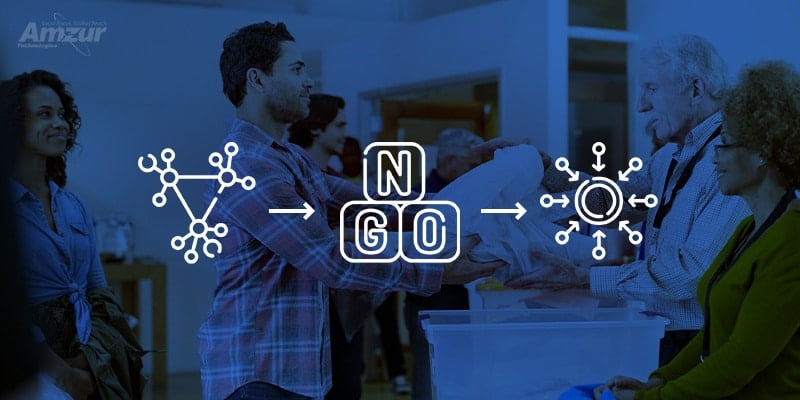Unify your decentralized Nonprofits with modern NetSuite ERP


In my many years of working with nonprofits—which includes more than 100 successful NetSuite implementations—I’ve noticed several consistent sources of organizational stress. One of those is a decentralized structure, which is common among organizations where individual chapters operate in different regions and have specific needs.
A decentralized organization is called such because decision-making authority is split between groups at separate locations and may include employees at the middle and lower levels, as opposed to the traditional top-down model of centralized entities like many corporations.
Why is this problematic? Well, despite offering many advantages for nonprofits—such as nurturing the free exchange of information between employees and management—a decentralized structure also increases the likelihood of instability, especially during uncertain times like those we face in 2020.
Thankfully, in my efforts to help nonprofits work through these instabilities, I’ve discovered a few key ways to achieve positive change. But, before you can improve, you must first determine which kinds of challenges you face and why.
The teams that coexist within a decentralized nonprofit may get into disputes for a variety of reasons, including:
Let’s look at just one example: divisions created by fund management. For instance, after funds are raised, which piece of the organization decides how to use them? Is it:
This is just one set of questions that may arise from a decentralized structure, and while you can take measures to avoid them—such as ensuring that your value proposition is clearly communicated and that workers are trained on multi-site dynamics—real cohesiveness comes from the systems and technologies you use to manage projects and resources.
In short, if you can champion compatible and mutually supportive technologies between chapters, you’re on your way to bridging the gaps created by decentralization.
Imagine a decentralized nonprofit where no one questions what to do next. Thanks to a single, unified system, each chapter seamlessly communicates, manages resources, and plans projects with full visibility across the entire organization. This is the power of software for enterprise resource planning and customer relationship management.
But even the best technology implementations can encounter roadblocks if each chapter uses different software, whether that platform is widespread like NetSuite or QuickBooks or customized legacy software. What do you do in this situation? How does a large, decentralized nonprofit decide on a single platform?
If one chapter’s platform is providing positive results, it should promote that technology at every opportunity so the larger organization can make an informed decision. However, choosing between existing platforms is often a secondary issue for many nonprofits: The real problem is prematurely committing to outdated legacy software.
